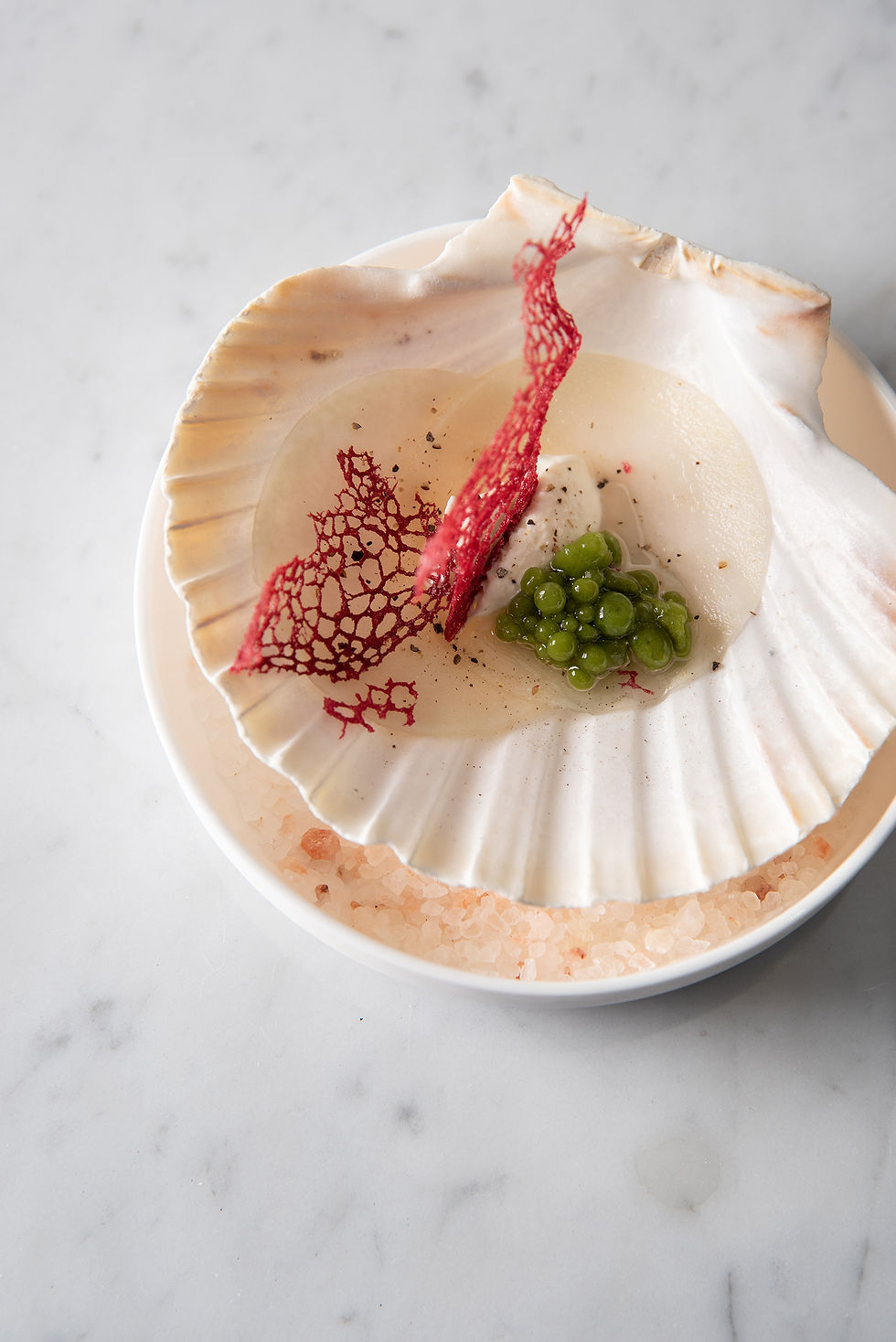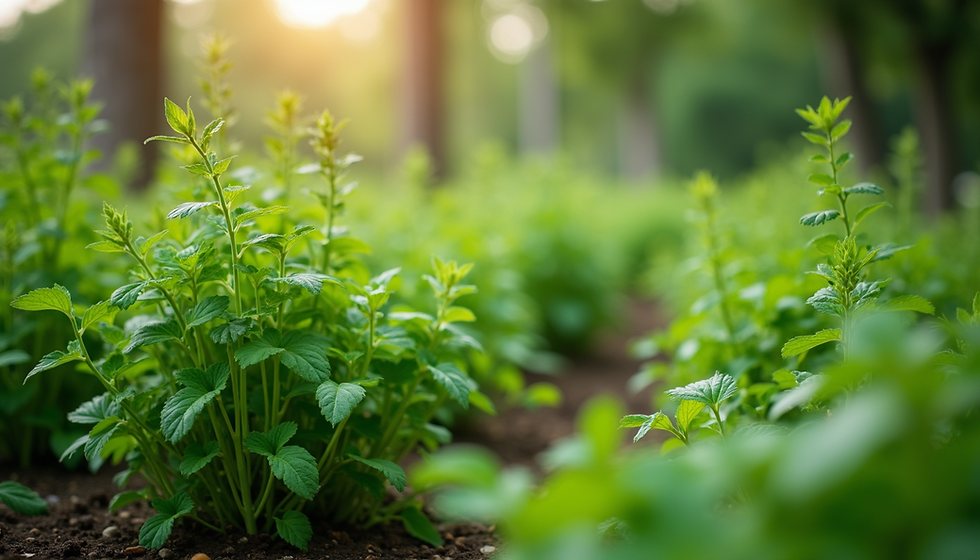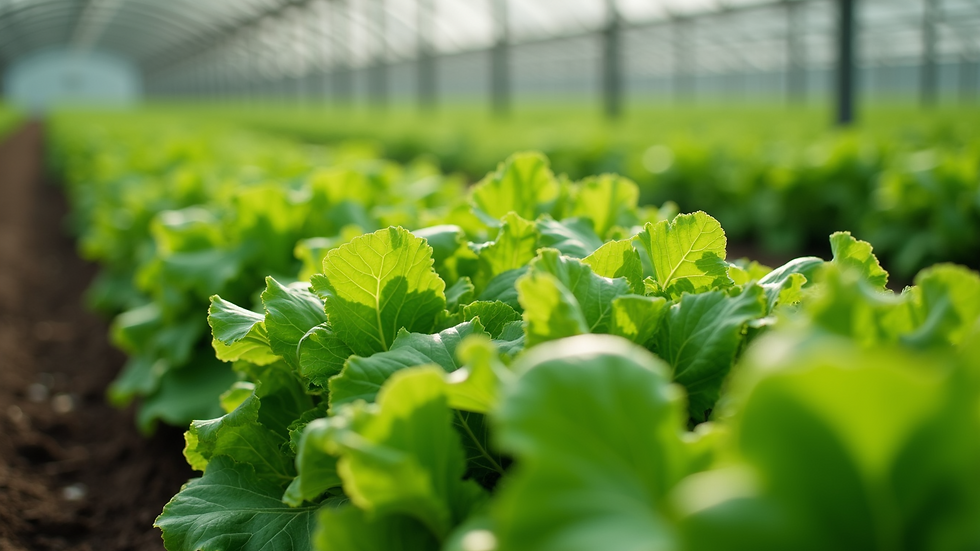Creative Approaches to Food Design
- Mieke Goffin
- Sep 29
- 3 min read
https://www.foodstationmiegoffin.be/Food is more than sustenance. It is art, science, culture, and emotion all rolled into one. I dive into the world of innovative food design, where every plate tells a story, every ingredient sings, and every bite sparks curiosity. This is a journey through textures, colors, and flavors that challenge the ordinary and celebrate the extraordinary.
The Art of Innovative Food Design
Innovation in food design is about pushing boundaries. It’s about seeing food not just as something to eat but as an experience to savor. Imagine a dish that changes color as you eat it or a dessert that melts like a sculpture. These are not just fantasies but realities crafted by chefs and designers who dare to dream.
The process starts with understanding the ingredients deeply. What if you could transform a humble vegetable into a delicate foam or a crispy wafer? What if the aroma of a dish could be enhanced to evoke memories or emotions? Innovative food design blends creativity with technology, science with tradition.
Use molecular gastronomy to alter textures.
Incorporate edible flowers for visual appeal.
Experiment with plating to create visual stories.
This approach invites you to engage all your senses. You don’t just taste the food; you see it, smell it, hear it crackle, and feel its temperature. It’s a multisensory celebration.

Techniques That Transform Food into Art
Techniques are the tools of the trade. They shape the raw into the remarkable. From sous-vide cooking to 3D food printing, the possibilities are endless. Each method offers a new way to express culinary creativity.
Sous-vide, for example, cooks food slowly and evenly, preserving flavors and textures that traditional methods might destroy. It allows chefs to create tender meats and perfectly cooked vegetables with precision.
3D food printing takes customization to a new level. Imagine printing intricate chocolate sculptures or personalized nutrition bars tailored to your dietary needs. This technology opens doors to sustainable food production and waste reduction.
Other techniques include:
Dehydration - intensifies flavors and creates crunchy textures.
Fermentation - adds depth and complexity.
Edible packaging - reduces waste and adds novelty.
These methods are not just technical feats; they are storytelling devices. They invite diners to explore new worlds on their plates.

The Role of Sustainability in Innovative Food Design
Sustainability is no longer optional; it is essential. Innovative food design embraces this by focusing on eco-friendly practices and ingredients. It’s about creating food that nourishes both people and the planet.
Using local, seasonal produce reduces carbon footprints and supports communities. Upcycling food waste into new products turns what was once discarded into something valuable. Plant-based alternatives offer delicious options that lessen environmental impact.
Designers also consider packaging. Biodegradable and edible packaging solutions minimize waste and enhance the dining experience. Imagine eating a crisp shell that holds your salad, leaving no trash behind.
This mindset challenges us to rethink every step of the food journey. It’s a call to action wrapped in beauty and flavor.

How to Incorporate Innovative Food Design in Your Business
Bringing innovative food design into your business requires vision and strategy. Start by identifying your brand’s values and how they align with innovation and sustainability. Then, experiment with small changes that can make a big impact.
Collaborate with food artists and designers.
Host tasting events to gather feedback.
Invest in new cooking technologies.
Highlight stories behind your ingredients.
Use social media to showcase your creative process.
Training your team is crucial. Encourage curiosity and continuous learning. Innovation thrives in environments where experimentation is welcomed and failure is seen as a step forward.
Remember, innovation is not just about novelty. It’s about creating meaningful connections with your customers through food that excites and inspires.
The Future of Food Design: A Personal Reflection
I see a future where food design transcends the plate. It becomes a medium for cultural exchange, environmental stewardship, and personal expression. The boundaries between chef, artist, and scientist blur. Technology and tradition dance together in harmony.
Creative food design is a beacon guiding us toward this future. It invites us to imagine new possibilities and embrace change with open hearts and minds. Every dish becomes a canvas, every meal a masterpiece.
I encourage you to explore this vibrant world. Experiment boldly. Celebrate the unexpected. Let your food tell stories that linger long after the last bite.
Together, we can shape a future where food nourishes not only the body but also the soul and the planet.
Explore more about creative food design and join the movement toward a tastier, more sustainable tomorrow.




Comments